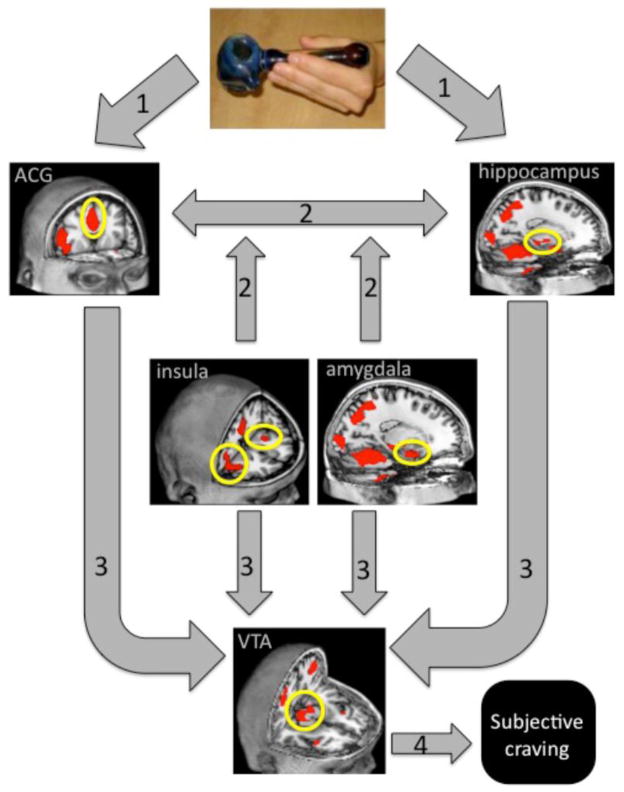Figure 1. A proposed model of cannabis cue-elicited craving.
Based on the existing neuroimaging findings (Filbey, Schacht, 2009), it is proposed that in response to a conditioned stimulus (i.e., pipe), sensory information is (1) processed for motivation salience in prefrontal areas (e.g., anterior cingulate gyrus), as well as for emotional content in the amygdala. (2) Signal between this mesocorticolimbic pathway is modulated by projections from the insula that mediates interoceptive processes as well as projections from the hippocampus that underlies memory for contextual content. (3) These pathways all converge on the ventral tegmental area, through which the cascade of dopamine neurotransmission emerges and (4) leads to subjective feelings of craving.

